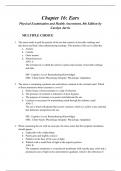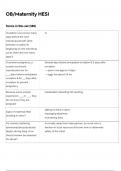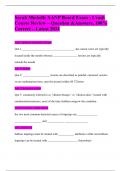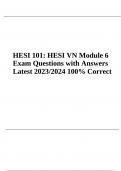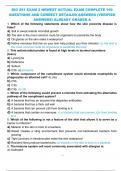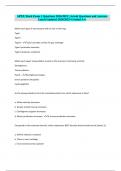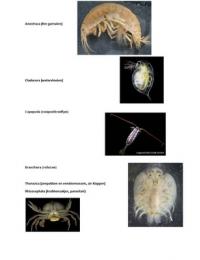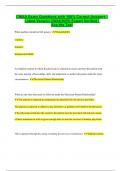Tentamen (uitwerkingen)
Chapter 16: Ears Physical Examination and Health Assessment, 8th Edition by Carolyn Jarvis
- Instelling
- Physical Examination And Health Assessment
Physical Examination and Health Assessment, 8th Edition by Carolyn Jarvis MULTIPLE CHOICE 1. The nurse needs to pull the portion of the ear that consists of movable cartilage and skin down and back when administering eardrops. This portion of the ear is called the: a. Auricle. b. Concha...
[Meer zien]
